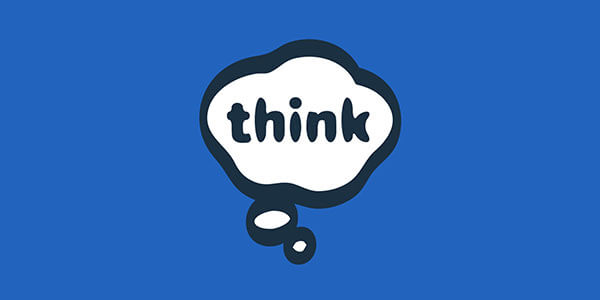Tips for Receiving Design Feedback

There are plenty of articles on how to give better feedback, but not so many on how to receive feedback. This is surprising, because knowing how to receive feedback is just as important as giving it. Someone may give you excellent feedback, but if you don’t know how to process it, it will have been wasted.
There are two parts to receiving feedback: function and emotion. The functional part involves listening to and guiding the person giving you feedback. The emotional part is all about making the other person comfortable, which leads to more candid feedback.
Before we jump in any deeper you need to ask yourself one question: Do you really want feedback? The question seems obvious, but be honest. Asking for feedback should not be a veiled attempt at self-praise—it should be about improving your work. If you are looking for praise, just upload your design to Dribbble and call it a day.
If critical, constructive feedback is what you are looking for, here are some things to keep in mind.
Function
Focus Their Attention
What should the other person be giving you feedback about? Fonts, colors, everything? By focusing their attention where you need it most, you will get the feedback you need in a shorter amount of time.
Probe Deeper
Never accept a generic “I don’t like that” statement. Always ask why, and don’t stop until you’ve got specific, actionable feedback.
Don’t Use All The Feedback
Even though you know every nook and cranny of your design, the person giving you feedback has a much more limited view of it. They may give feedback that isn’t applicable within the full context of the design challenge. That’s OK—you don’t need to use every bit of feedback you get. Your job is to filter out the useful feedback from the extraneous.
Emotion
Offer Constant Reassurance
The pressure is on you to make the person giving you feedback feel comfortable. Clear the air from the beginning and say something like this:
“I don’t take any of this feedback personally—you can be completely honest. Seriously.”
This statement usually elicits a cautious smile and a simple “OK…” Throughout the session, repeat this statement a few times to really drive it home. It can take time to gain people’s trust and move beyond politeness.
Distance Yourself From The Work
Always remember that you are not your work. Again, you are not your work. If someone gives feedback on your work, it doesn’t mean they are giving feedback on you as a person. This is an important distinction.
There’s an excellent quote from Ed Catmull in Creativity, Inc. about this:
“You are not your idea, and if you identify too closely with your ideas, you will take offense when challenged.”
It’s understandable to feel attached to something that you’ve worked on for a significant amount of time, but identifying too closely with it can impede the future progress of the very work you’re fighting for.
Think about it this way: you ask someone for their feedback, and then you react argumentatively and defensively when they give it to you. Why did you ask in the first place? Remember, the reason you’re asking for feedback is to make the work better. Be gracious and thankful, even if you disagree.
Think Long Term
You’ll probably need feedback from this person again in the future. If they feel that their time was well spent, they’ll be more willing to repeat the process. If you’re defensive, neither of you will enjoy the process. Don’t be surprised if their calendar magically fills up when you need them most.
In Summary
Receiving feedback can be difficult. Distancing yourself from your work is crucial in making others feel comfortable giving you candid feedback. Remember, soliciting feedback in specific ways and guiding the process will help you receive more useful, candid feedback on your work, which will only make it better.
I want to thank Abby, Chad, and Suzanne for giving me useful, candid feedback on this post!



